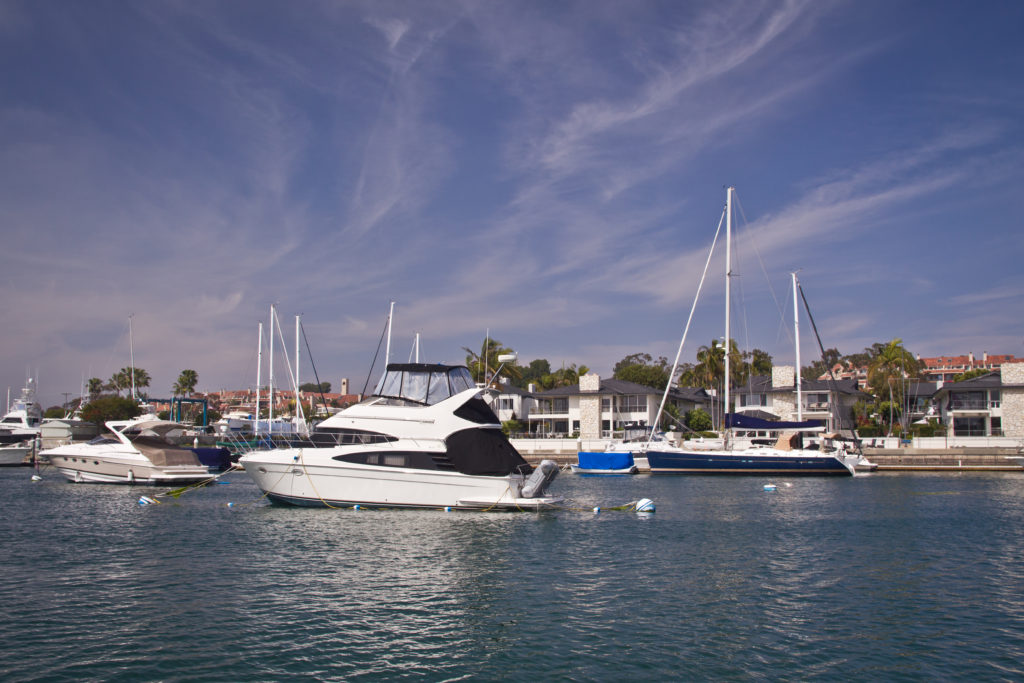One of the least pleasant aspects of going to sea is the possibility of getting seasick. A person’s susceptibility to seasickness varies. If you’ve ever had motion sickness when traveling by car, plane, or rollercoaster, you may be more susceptible to seasickness aboard a boat.
Seasickness results from a conflict in the inner ear, where the human balance mechanism resides, interrupted by a vessel’s erratic motion on the water. Inside the cabin of a rocking boat, for example, the inner ear detects changes in both up-and-down and side-to-side acceleration as one’s body bobs along with the ship. But, since the cabin moves with the passenger, one’s eyes register a relatively stable scene. Agitated by this perceptual incongruity, the brain responds with a cascade of stress-related hormones that can ultimately lead to nausea, vomiting, and vertigo.
Additionally, pungent odors from things like diesel fumes and fish can heighten an affected person’s symptoms. Seasickness usually occurs in the first 12 to 24 hours after “setting sail” and dissipates once the body acclimates to the ship’s motion. It’s rare for anyone to get or stay ill beyond the first few days at sea unless the vessel encounters rough waves.
If you get seasick, take comfort knowing...







